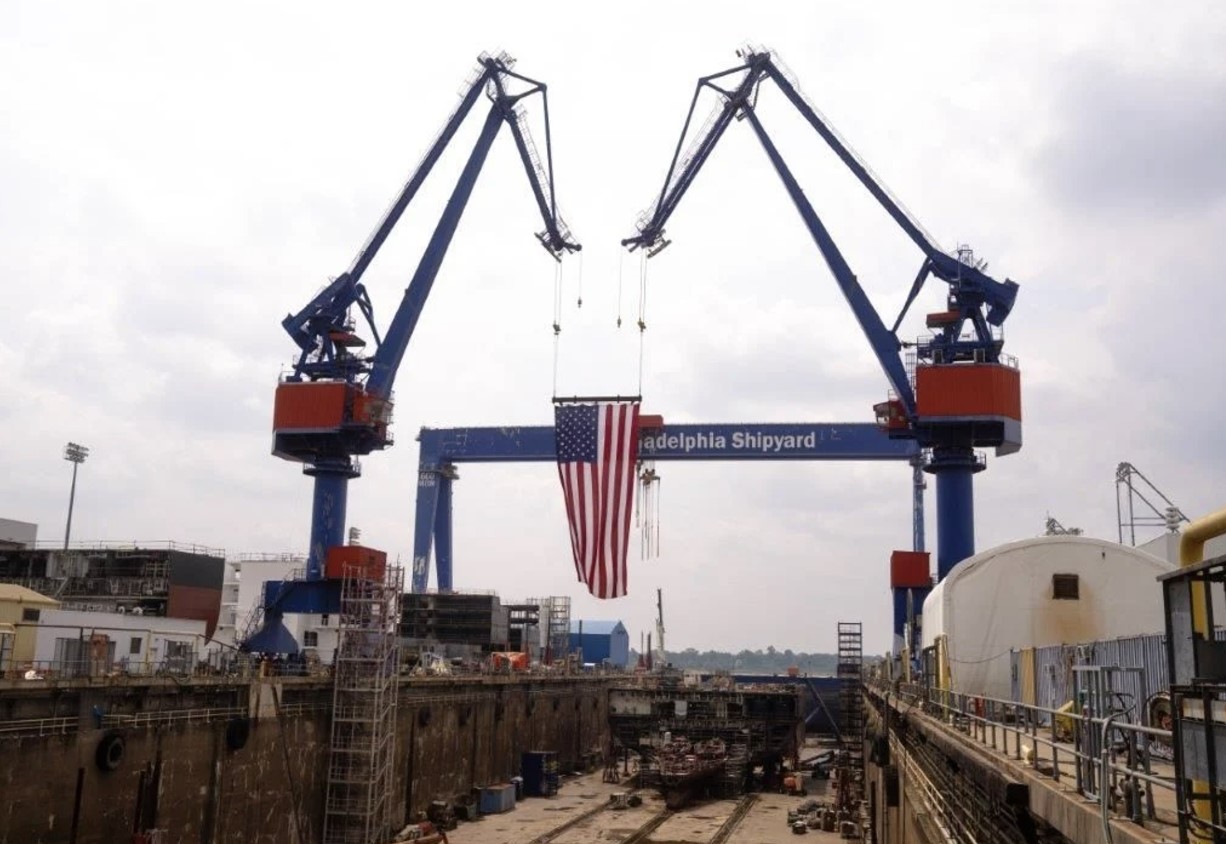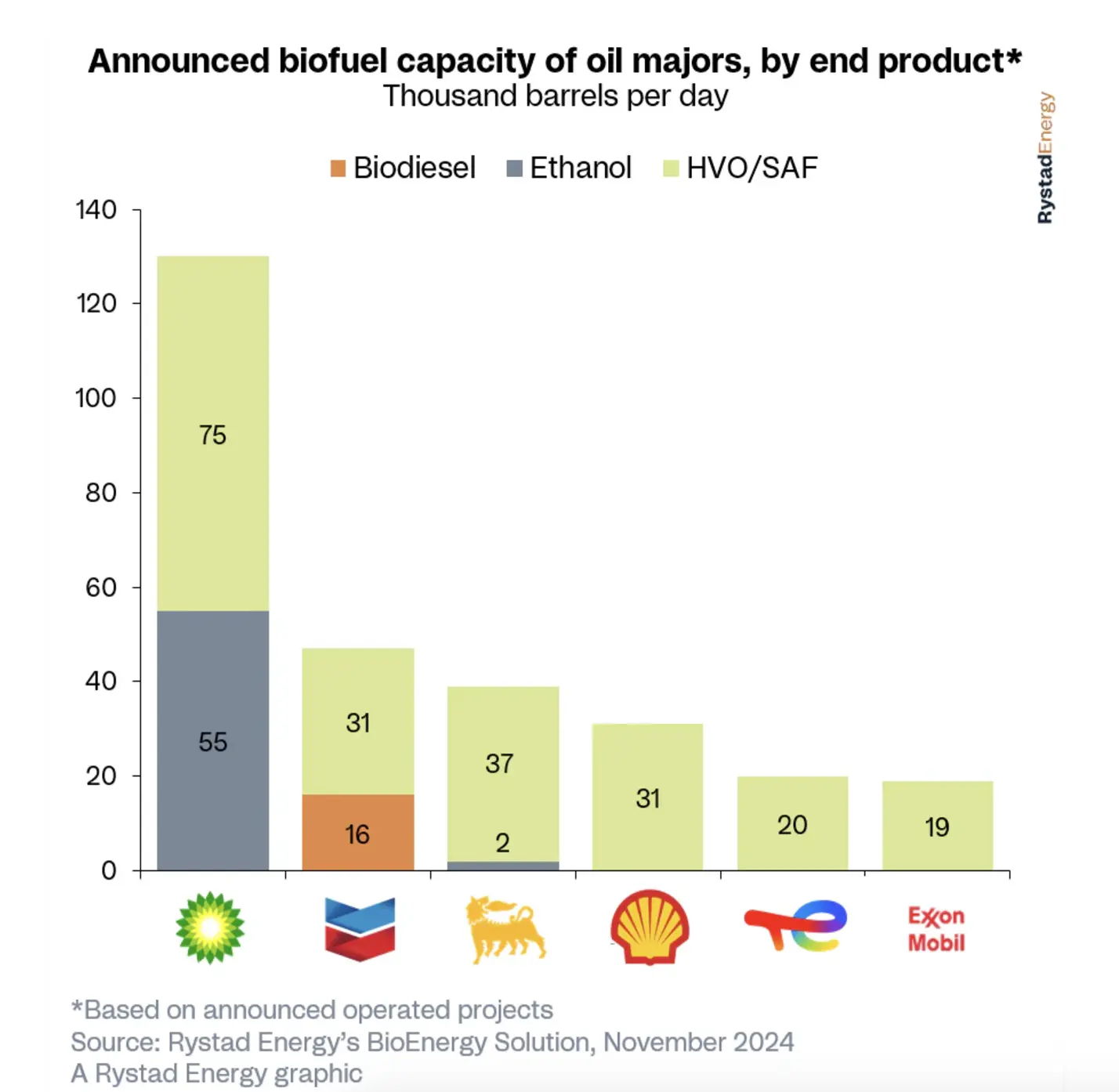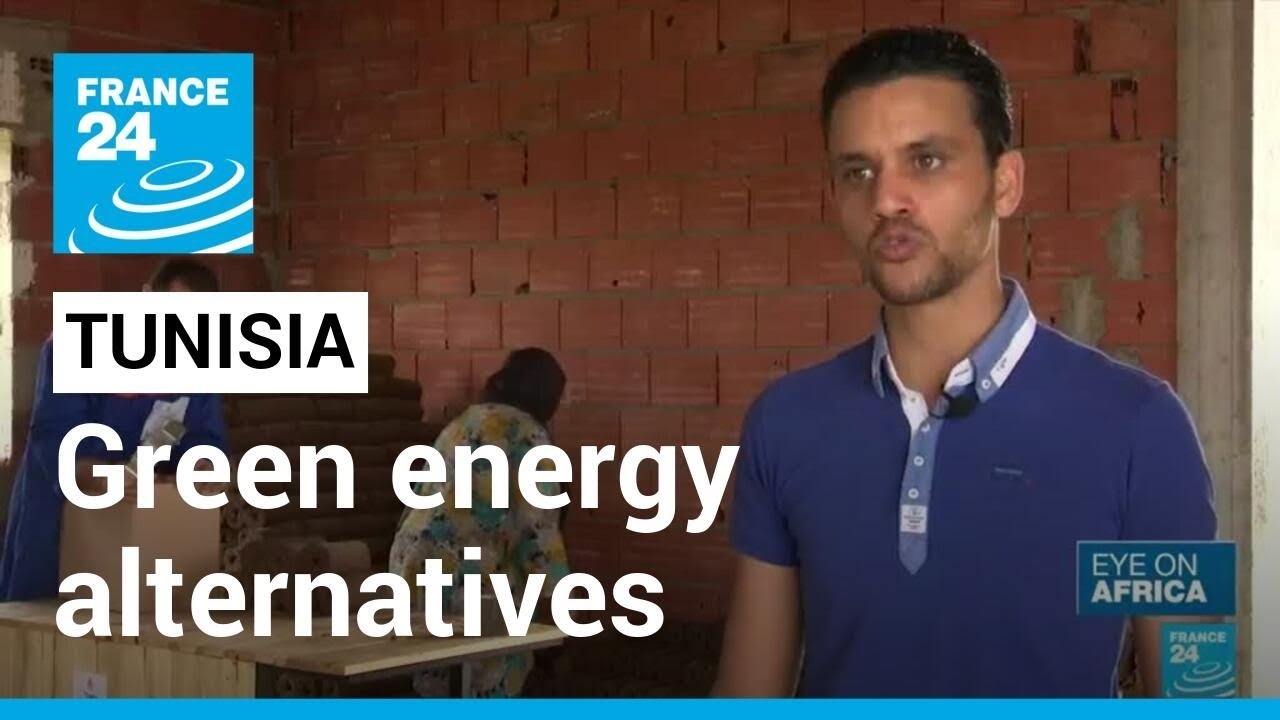
Robots enhance wind turbine blade production at NREL
by Clarence Oxford
Los Angeles CA (SPX) May 03, 2024
The U.S. Department of Energy’s National Renewable Energy Laboratory (NREL) has incorporated robotic technology into the production of wind turbine blades, aiming to reduce hazardous working conditions and enhance product consistency. Robots, which have been utilized in the wind energy sector for tasks such as painting and polishing, are now being employed for more complex operations like trimming, grinding, and sanding the blades.
“I would consider it a success,” stated Hunter Huth, a robotics engineer at NREL and the lead author of the study. “Not everything operated as well as we wanted it to, but we learned all the lessons we think we need to make it meet or exceed our expectations.”
The study titled “Toolpath Generation for Automated Wind Turbine Blade Finishing Operations” is detailed in the journal Wind Energy, with contributions from NREL colleagues Casey Nichols, Scott Lambert, Petr Sindler, Derek Berry, David Barnes, Ryan Beach, and David Snowberg.
The automation process not only simplifies the post-molding operations, which involve workers using scaffolding and protective gear, but also promotes safety and job retention among skilled workers. “This work is critical to enable significant U.S.-based blade manufacturing for the domestic wind turbine market,” noted Daniel Laird, director of the National Wind Technology Center at NREL. He added that automation could lead to more U.S. jobs by making domestically produced blades more economically viable compared to imports.
The research, conducted at NREL’s Composites Manufacturing Education and Technology (CoMET) facility, involved programming a robot to handle a 5-meter-long blade segment. Due to the bending and deflection under its own weight, larger blades would require the robot to adapt to work on different sections individually.
“A series of scans were used to create a 3D representation of the blade’s position, identifying the precise front and rear sections of the airfoil,” explained the research team. The robot’s tasks were evaluated for accuracy and speed, with noted areas for improvement, especially in grinding consistency.
Huth emphasized the potential for automation to provide consistent quality in blade manufacturing, a task challenging to achieve manually. He also mentioned that robots could handle more robust and aggressive materials than humans, further enhancing the production process.
Research Report:Toolpath generation for automated wind turbine blade finishing operations
Related Links
National Renewable Energy Laboratory
Wind Energy News at Wind Daily







